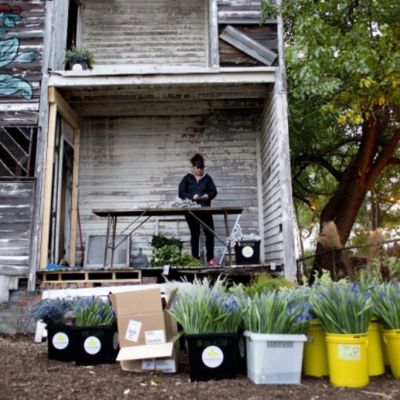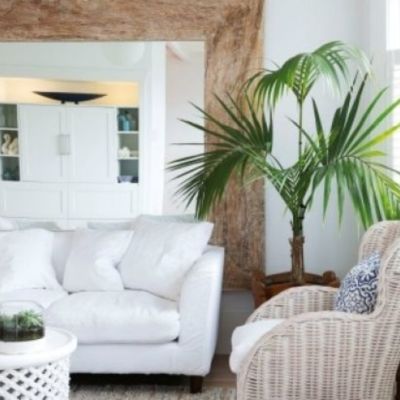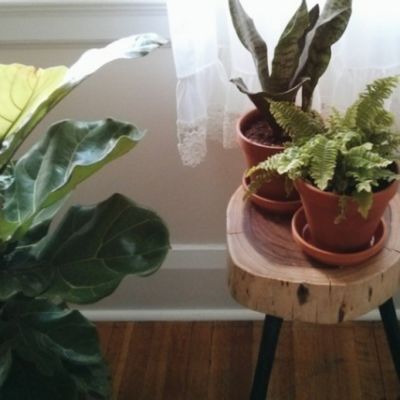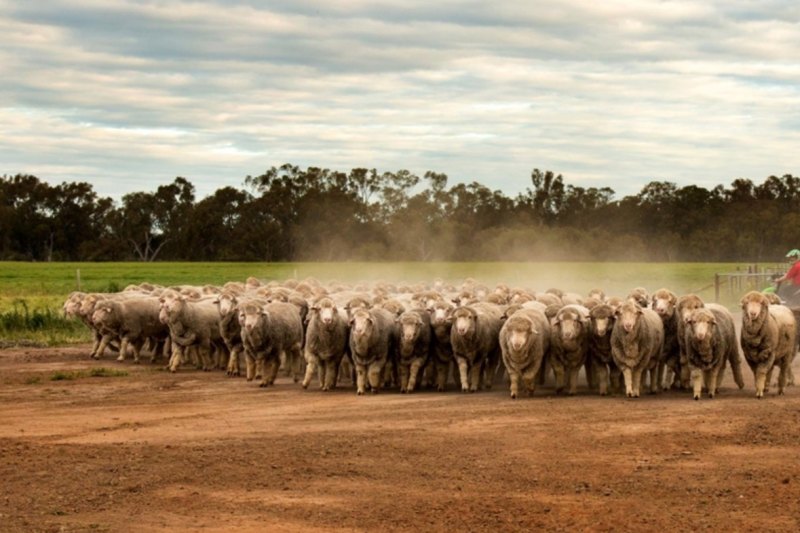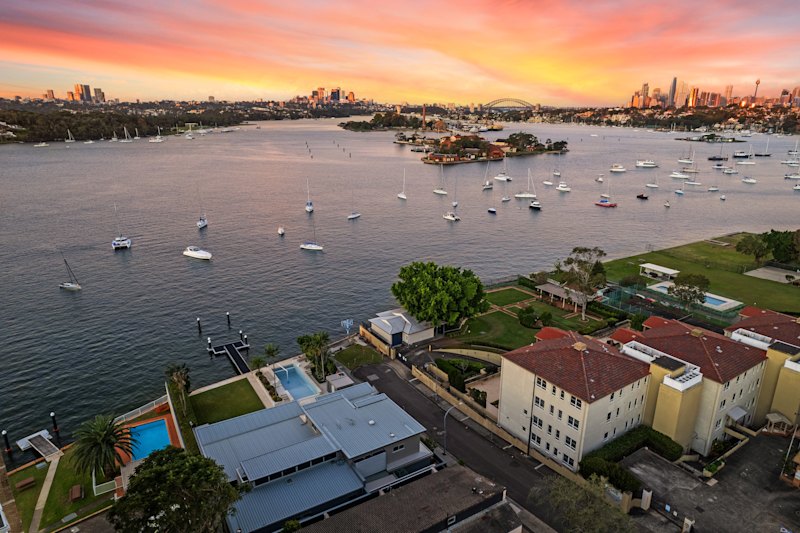Flowers Vasette make floral arrangements inspired by Van Gogh paintings
Painter Vincent Van Gogh was the master of still-life flora. His famous canvases have been captured in a unique collaboration between the National Gallery of Victoria and its partner, prominent florist Flowers Vasette, to celebrate NGV’s new Van Gogh exhibition.
Sonya Wilson, of Flowers Vasette in Melbourne’s Fitzroy, recreated three paintings by the Dutch great with fresh blooms.
Great lengths were embarked on to achieve a faithful impression – the finest peonies were flown in from France and Holland, where they are in season.
“He paints so faithfully towards real life,” Wilson says. “Generally, it seems through all of his work, that he loves to paint things from birth to death. This exhibition is especially poignant – being spring, summer, autumn, winter – in terms of flowers being born as a bud, and the last thing is their petals drop on the ground.”
Roses and peonies, 1886, oil on canvas
“It is a really natural, garden shape. I placed the flowers the way they naturally grow, and that is because Van Gogh painted them that way. They were quite whimsical and unstructured. I often think of a garden of wildflowers and how they grow – the smaller ones struggling to poke up ahead of the larger ones, to get that little bit of sun, and that is quite often how you can arrange them. Every flower has a face – a front, a back and a side-on view – and we think of the stem as being an extension from the front, like a human face, and we place the stem the a position so that the face will be showing.”
Van Gogh and the Seasons – How to Create a Van Gogh Flower Arrangement with Flowers Vasette from NGV on Vimeo.
Bowl with zinnias and other flowers, 1886, oil on canvas
“The little white flowers are Easter daisies, and the zinnias are the small coloured flowers. Van Gogh placed them in the vase quite sporadically; my reading is the smaller white flowers was more important to him. This is a classic arrangement, more old-world style; Easter daisies are very popular here around Easter; people like to go back to traditions at certain times.”
Vase with honesty, 1884–85, oil on canvas
“This is lovely. We used honesty (a very old-fashioned flower that grows wild in gardens in a cold, temperate climate) and a little bit of pampas grass, and that was to represent winter. A lot of flowers that are pale don’t require a lot of sun, which is why they thrive in cooler climates. Pampas grass was quite famous in Parisian circles in the 1800s, when Van Gogh was painting, and it has had a resurgence. We use it in a lot of work, now. It is quite grand and opulent.”
Van Gogh and the Seasons at NGV until July 9, part of the 2017 Melbourne Winter Masterpieces exhibition.
We recommend
States
Capital Cities
Capital Cities - Rentals
Popular Areas
Allhomes
More
- © 2025, CoStar Group Inc.
